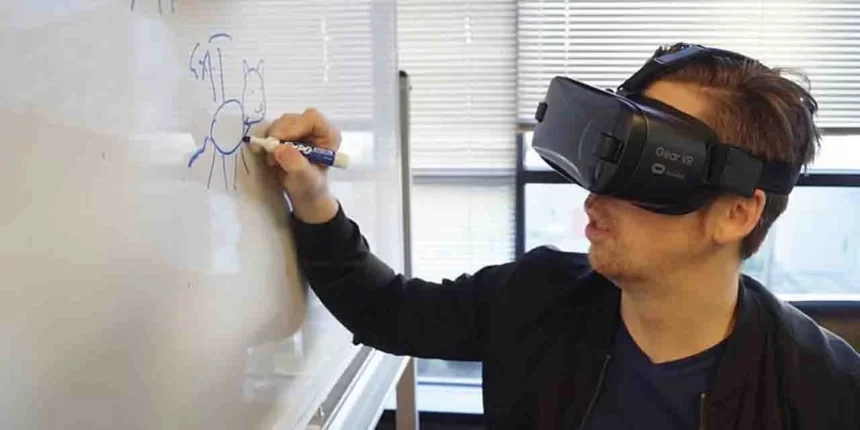Extended Reality (XR) is an umbrella term used to describe the combined technology and benefits of Augmented Reality (AR), Virtual Reality (VR), and Mixed Reality (MR). The combined benefit of XR solutions can reduce costs, reduce human error, improve customer experience and increase revenue, time efficiency and productivity.
Extended Reality also describes the future realities its AR, VR, ad MR might bring in the real and virtual environments.
Extended reality (XR) creates virtually unlimited opportunities in the market as it allows rich data to be easily accessible in a situational context. VR and AR help in browsing products and virtually trying them on, offering retailers several ways to enhance the customer experience. The retail sector uses extended reality to provide additional information for customers. Moreover, it is predicted that in future extended reality will enable its consumers to share their virtual reality shopping experience with others.
It is also used immensely in the entertainment industry as it offers consumers the opportunity to virtually experience live music and sporting events just by using their VR headset. The marketing industry uses XR to help brands engage with consumers by offering several ways to interact with new products. Extended reality helps in training and educating those working in high-risk conditions. XR is used to provide promising directions and opportunities to immerse learners in the curriculum, offering deeper and more vivid learning experiences and extending the learning environment. Architects and interior designers use XR to add life to their designs, while property managers use it for the virtual showcase of a property to their potential tenants. The best part about XR I is that it removes distance barriers by allowing remote employees to seamlessly access data from anywhere in the world as it technologically empowers interactions between humans and machines.
But the technology is facing its own challenges. XR collects and processes a huge amount of personal data, sometimes questioning the security of personal information. Moreover, the cost of implementing the technology is very high, incapacitating many companies to incorporate it into their system. There has been a rapid development in the system though, and next-generation enterprises are incorporating extended reality into their internal processes. With new, advanced, and more affordable XR technologies, organizations can enable voice activation and sophisticated visual display walls.










